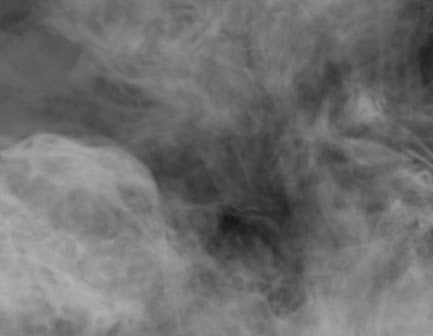
Vinyl ester resins (VER) are polymers offering mechanical performance, temperature resistance, good processing and chemical resistance, used in applications including pipelines, electrical insulation, automobile and aviation. However, VER are highly flammable and generate problematic smoke and gases in combustion. Here different PIN smoke suppressants for the PIN flame retardant APP (ammonium polyphosphate) were tested at 80% VER / 20% APP and 75% VER / 20% APP / 5% suppressant, and were compared to 100% VER. The smoke suppressants tested were calcium carbonate (CaCO3), zinc molybdate (ZnMoO4), ferric oxide (iron III oxide Fe2O3) and cuprous oxide (copper I oxide Cu2O). All of the APP or APP + suppressant formulations showed LOI (limiting oxygen index) improved by around one third and achieved UL94-V0 (3.2 mm). Peak heat release rate with APP only was <55% of neat VER, and was further reduced by the different suppressants, but to different extents, with the most effective being CaCO3 (<31% of PHRR of neat VER), then ZnMoO4, Cu2O and Fe2O3 (51% of neat VER). CaCO3 also gave the biggest reduction in smoke release (c. 10% lower than neat VER with APP only, around one third lower than neat VER with APP + CaCO3. APP or APP + suppressants also reduced emissions of hydrocarbons, carbonyl compounds, esters/ethers and olefins. The authors conclude that, in VER with APP, calcium carbonate is the most effective of the four smoke suppressant synergists tested, and that it acts mainly by promoting dense, stable, anti-oxidation char.
“The Effect of Different Smoke Suppressants with APP for Enhancing the Flame Retardancy and Smoke Suppression on Vinyl Ester Resin”, X. Zhang et al., Polymer Engineering and Science 2019 https://doi.org/10.1002/pen.25286